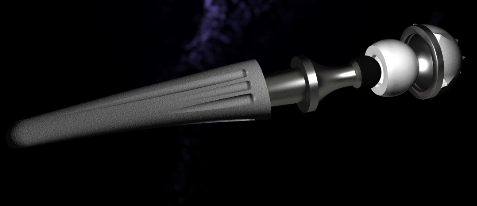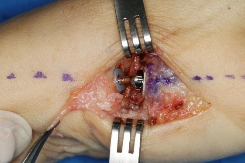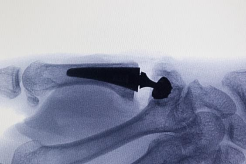Painful Conditions of the Thumb
The thumb represents 50% of the hand. While functional use of the hand is possible with lack of a finger, losing the function of the thumb would result in loss of pinch grip and many dynamic functions of the hand.
Common painful conditions of the thumb include:
- trigger thumb
- sesamoiditis of the thumb
- ligament injuries to the thumb joints (including the interphalangeal joint)
- metacarpal phalangeal joint
- carpometacarpal phalangeal joints

The extensive use of the thumb in our daily functional activities like picking up objects, needlework and croquet and operating mobile devices can result in inflammation of these joints. Continued ignoring the pain at these joints can result in osteoarthritis (OA), also known as degenerative arthritis, of these joints, in particular, the first carpal metacarpal joint (1st CMCJ) also known as the basal joint. This is a result of mechanical instability and subsequent wearing out of the cartilage. Symptoms include joint pain, stiffness, locking and sometimes, swelling as a result of a joint effusion. The basal joint is more prone to OA as this joint is more unstable because of its increased mobility.
X Rays usually will confirm OA (Figure A).
If instability of the joints is suspected due to ligament injuries/tears then a magnetic resonance imaging (MRI) is required.
Treatment for thumb arthritis involves multiple modalities, including activity modification, rest, immobilisation, analgesia and surgery. A resting thumb spica splint is usually prescribed in the initial stage

Conservative management usually temporising measure and when these measures do not reduce or control the symptoms, then surgical treatment is indicated. Various surgical options are available, depending on the severity of the lesion:
- Thumb arthroscopy – this involves making two small puncture holes which enable the doctor to insert a video camera inside the affected joint. This allows debridement and synovectomy of the joint, as well as direct visualisation of the condition of the articular cartilage
- Trapeziectomy (removal of the trapezoid) with tendon interposition and/or ligament stabilisation
- Joint arthrodesis (fusion)

TOUCH PROTHESIS FOR ARTHRITIS OF THE 1ST CMCJ


